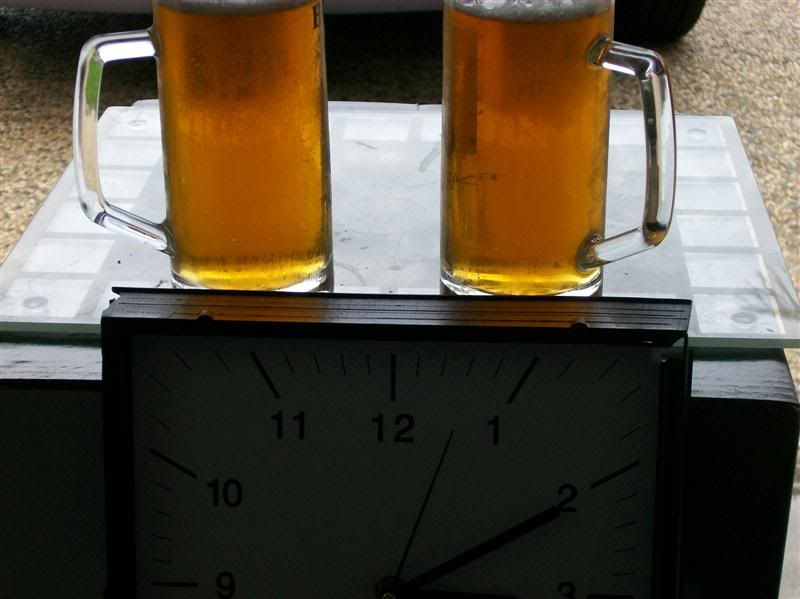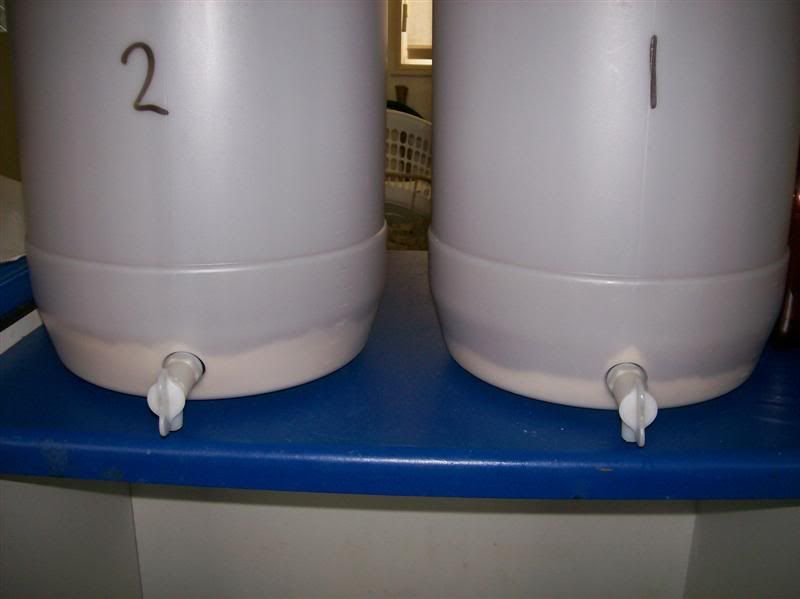Assuming that the wort into the FV didn't contain hot break, and that the break you photographed is cold break then I'd also leave well alone. On an Aussie forum, I did an experiment earlier this year to look at cold break effects and did the following:
2 identical batches of a golden Queensland style lager produced side by side and the clear hot wort run off the hot break into two "no chill" poly cubes and allowed to cool overnight. Cold break had developed in both and in this case was hanging around the bottom of the cubes.
Then I poured the top half of each cube into the first FV and the rest of the wort including the turbid stuff into the second FV and fermented with same yeast (S-189) etc etc. So one FV got virtually no cold break material, the other got nearly all of it.
A month or two later I did a taste test with visitors and also a blind tasting at a club meeting and the opinion was that although both beers were extramely similar, the one with the cold break actually tasted 'fuller' and more assertive than the non-cold break one, almost as if the latter was a slightly watered down version of the other one. However on balance and also looking at colour, clarity and foaming, the conclusion was that CB wasn't anything to stress over.

Interestingly during fermentation, the 'cold break' FV ended up with a lot more cake on the bottom which would be a mix of cold break and yeast, and I would guess that the vast majority of the CB doesn't do anything, just sinks out.





